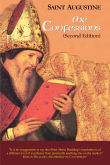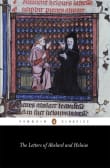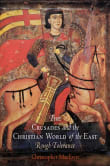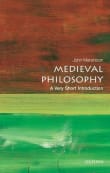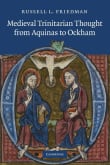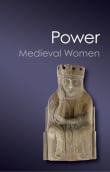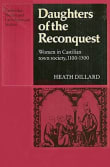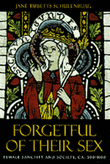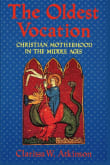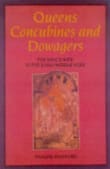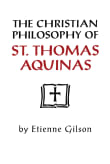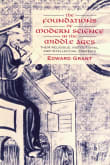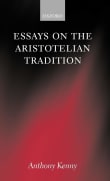Holy Feast and Holy Fast
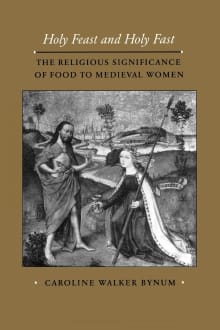
Book description
In the period between 1200 and 1500 in western Europe, a number of religious women gained widespread veneration and even canonization as saints for their extraordinary devotion to the Christian eucharist, supernatural multiplications of food and drink, and miracles of bodily manipulation, including stigmata and inedia (living without eating). The…
Why read it?
2 authors picked Holy Feast and Holy Fast as one of their favorite books. Why do they recommend it?

This choice might surprise you: it’s a famous book in medieval studies circles but not the sort of thing a historian of philosophy would usually pick up. But its exploration of the role of the body in writings by female medieval authors is foundational for understanding what is sometimes called “affective mysticism.” That topic expands our sense of what medieval philosophy could be. Other scholars whose work is worth checking out on this topic include Amy Hollywood and Christina Van Dyke.
From Peter's list on a fresh approach to medieval philosophy.

I first read Holy Feast and Holy Fast in graduate school, and like so many others was bowled over by its innovative, anthropological, and overtly feminist approach to medieval religion. Instead of the usual cast of characters found in studies of medieval Christianity -- theologians debating the finer points of the Trinity, or bishops and popes disciplining renegade or careless clerics -- Bynum introduces us to men and (especially) women who used their bodies, and symbols drawn from everyday life and physical experience, to express their faith. Though some of her characters are mystics and/or extreme ascetics whose self-denying practices…
From Sara's list on medieval religious history.
If you love Holy Feast and Holy Fast...
Want books like Holy Feast and Holy Fast?
Our community of 12,000+ authors has personally recommended 100 books like Holy Feast and Holy Fast.


